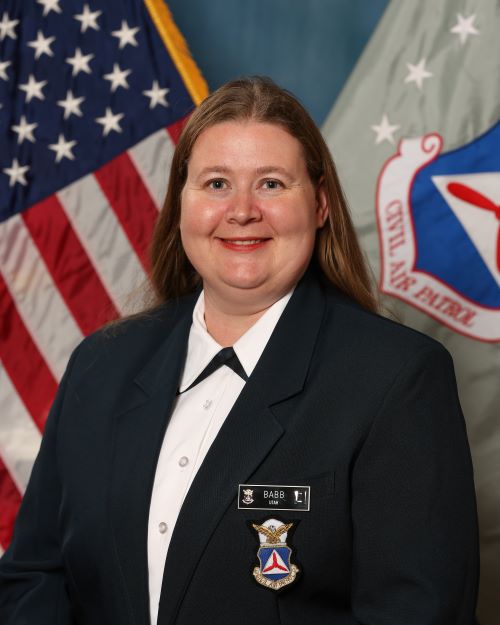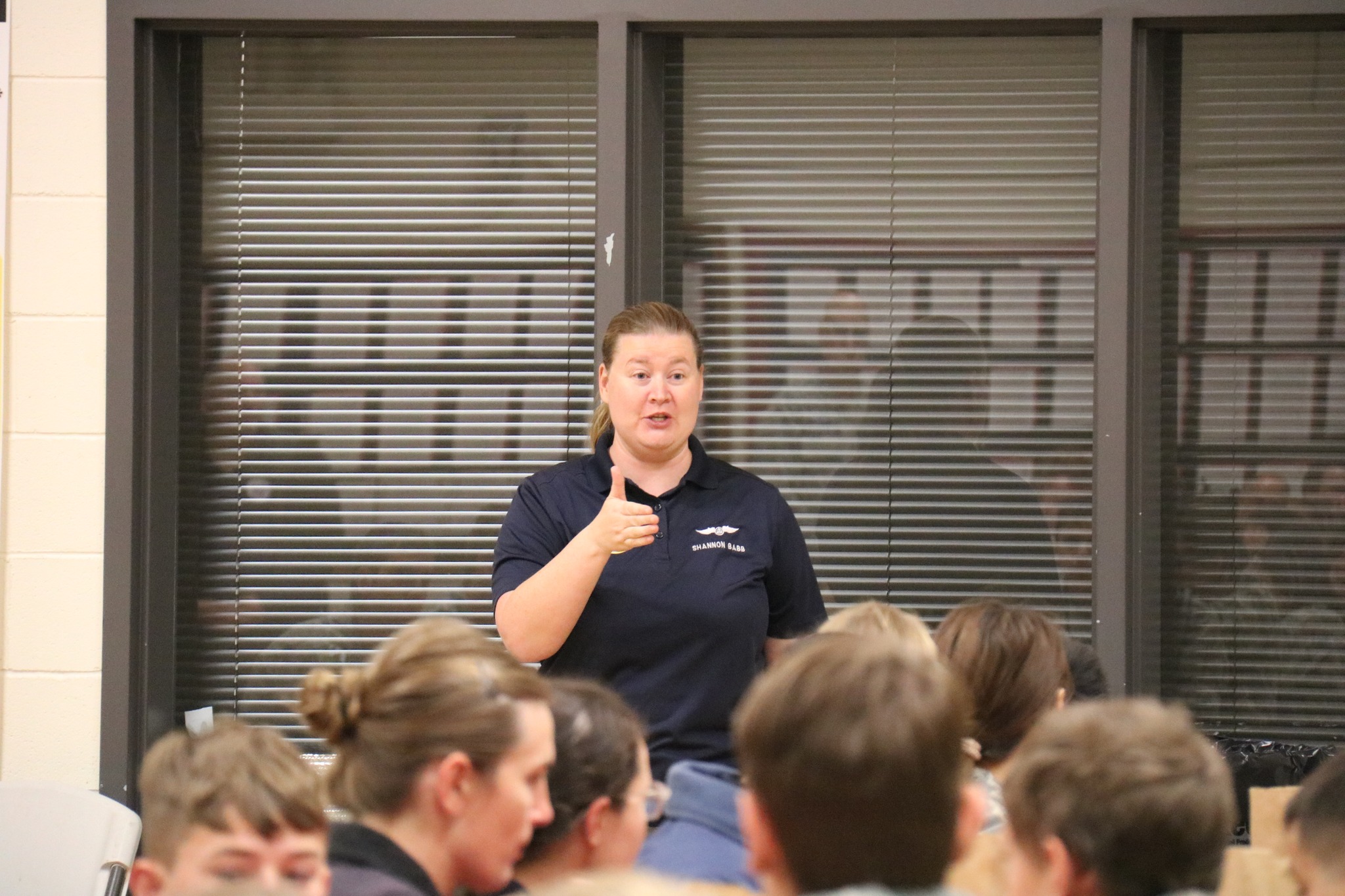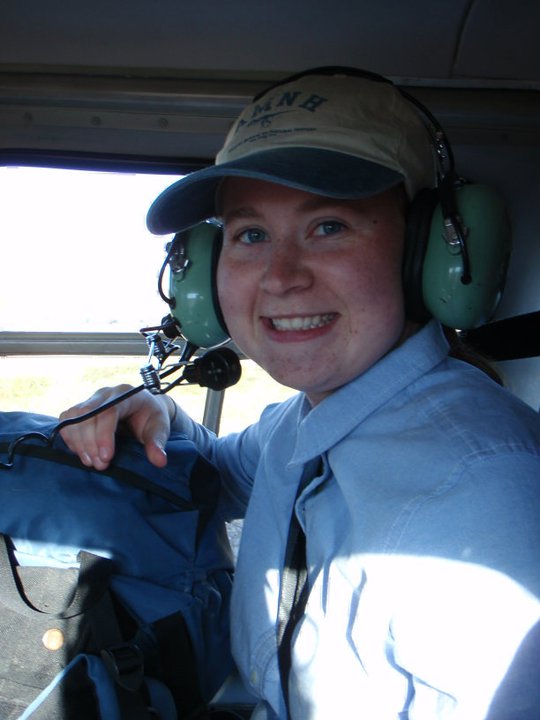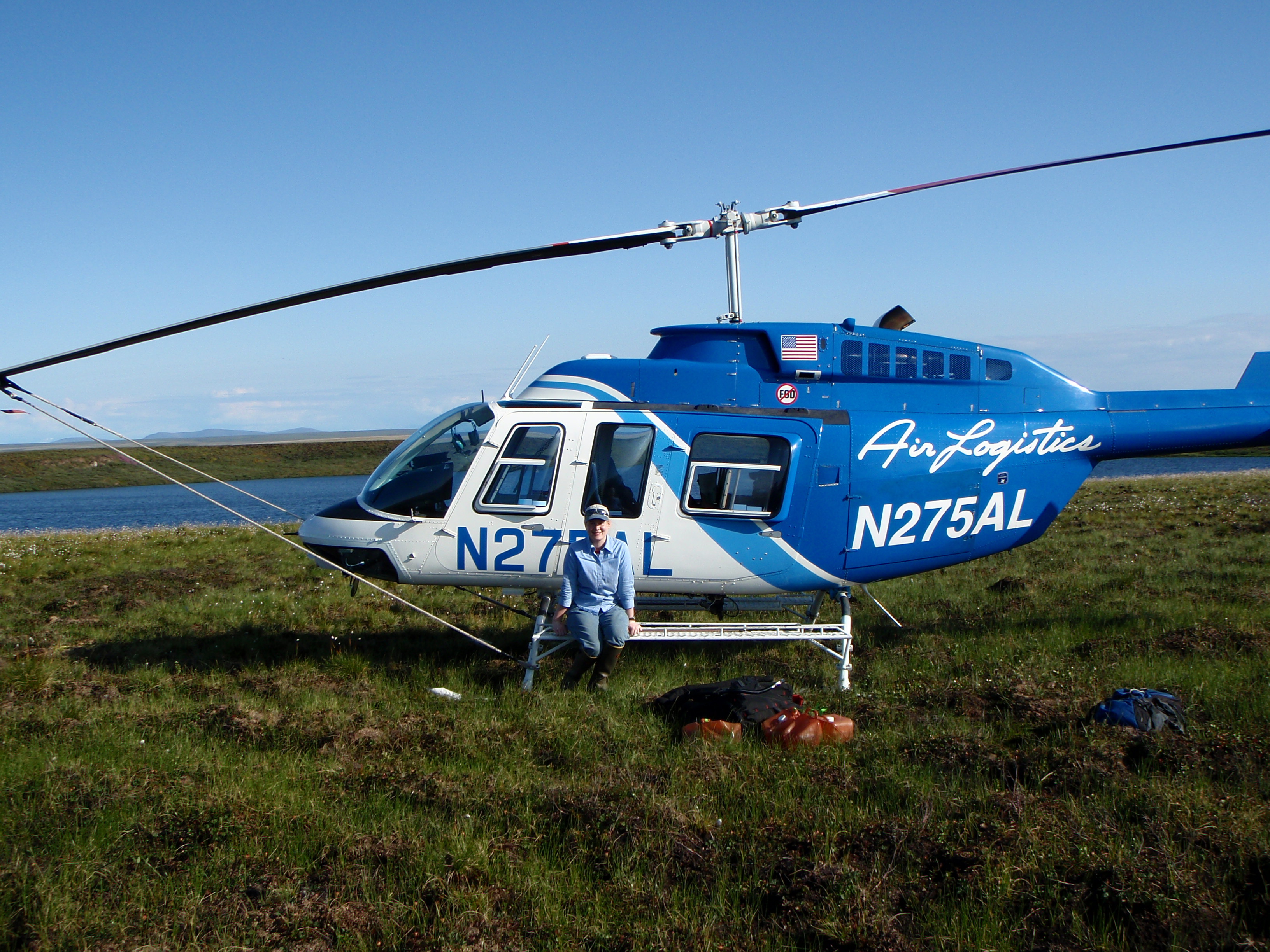Capt. Shannon Babb, Rocky Mountain Region
Posted on March 27, 2024 at 11:36 AM by Virginia Smith
 |
|
Capt. Shannon Babb, RMR DCS/AE, is leading a Civil Air Patrol solar eclipse research project for the upcoming April 8 solar eclipse. |
March 27, 2024
Meet Capt. Shannon Babb, the Rocky Mountain Region Deputy Chief of Staff for Aerospace Education (DCS/AE), who has been a CAP member for a decade. After serving in IT and Public Affairs, she moved to the Aerospace Education program to assist with external AE. Outside of Civil Air Patrol, she works as the curriculum/instructional specialist at Central Utah Water Conservancy District. "I am someone who is both a professional scientist and a professional educator," she says. "I use that combination of skills to help take complex topics and turn them into hands-on curriculum resources that can help communities engage STEM topics." One way she is specifically promoting STEM topics is as director of CAP's Solar Eclipse Mission in conjunction with the upcoming April 8 solar eclipse that will cross North America. The project, which also focused on the annular eclipse that occurred last October, actually started five years ago. "The seeds for the CAP Solar Eclipse Mission were planted in 2019, when I realized that an Annular Eclipse was going to cross the state of Utah." It developed into a mission for teams of CAP cadets to collaborate with more than 250 squadrons nationwide to create a data set -- that stretches across 7 time zones -- about the effects of a solar eclipse on weather and on VHF radio operations. "This was an opportunity for Civil Air Patrol to help make significant scientific discoveries during the 2023 and 2024 solar eclipses," Capt. Babb says. An additional aspect of the mission works with NASA's Globe Eclipse Project to give teachers the chance to become citizen scientists. Find out more on the project here.
We asked Capt. Babb some questions about her career in CAP and the Solar Eclipse Mission, and her answers follow.
Please tell us about your duty positions.
-
Rocky Mountain Region Deputy Chief of Staff for Aerospace Education (DCS/AE)
-
CAP Solar Eclipse Mission Director
How did you get involved in Civil Air Patrol?
When I was younger, I had the opportunity to be a polar researcher [see pictures below]. When my time in the High Arctic came to an end, I missed the feeling of being part of a crew. One of the pilots that I had flown with in the Arctic had mentioned that they were a part of the Civil Air Patrol and spoken a little bit about CAP’s mission. It planted a seed, and I looked up the organization and found a squadron when I moved to back to the Lower 48…and the rest is history.
How many years have you been in Civil Air Patrol? Tell us about your CAP career path that led to your current role.
 |
|
Capt. Babb briefs cadets on the solar eclipse mission. |
I have been in Civil Air Patrol for a decade. My first position in Civil Air Patrol was as the squadron IT officer in the Cache Valley Composite Squadron, Utah Wing, because I was the only person who could figure out how to troubleshoot the projector. I was then pulled into the Public Affairs specialty, where I served both at the squadron and Wing levels.
After some time in that role, I was asked to lend a helping hand to Aerospace Education.
Rocky Mountain Region (RMR) was working on building its external AE program, and finding innovative ways to engage and teach teachers is what I do for my day job. While AE had not been my chosen specialty track up until that point, I often used my connections in the STEM education world to bring additional resources to CAP activities such as mobile planetariums, wind tunnels, and weather stations. So, it didn’t take me long to settle into the role of the Region External AE Officer. Then in January 2024 I transitioned into the role of RMR’s Deputy Chief of Staff for Aerospace Education.
Tell us about your aerospace education background (including awards and other accomplishments you'd like to mention) within and outside of CAP.
I am someone who is both a professional scientist and a professional educator. I am the curriculum/instructional specialist at Central Utah Water Conservancy District. I use that combination of skills to help take complex topics and turn them into hands-on curriculum resources that can help communities engage STEM topics. While working at Central Utah Water Conservancy District means that most of the curriculum that I write is about the Earth sciences, I enjoy having the opportunity to work with AE curriculum for use in Civil Air Patrol, such as the CAP Solar Eclipse Classroom data books, part of the CAP Solar Eclipse Mission.
Please briefly tell us how the national eclipse project came to be.
The seeds for the CAP Solar Eclipse Mission were planted in 2019, when I realized that an Annular Eclipse was going to cross the state of Utah. At first, the Mission was simply going to be a field training exercise designed to give CAP members the opportunity to travel to Richfield, Utah, to experience annularity…but as the planning continued through the pandemic years, it became clear that this mission could be so much more. This was an opportunity for Civil Air Patrol to help make significant scientific discoveries during the 2023 and 2024 solar eclipses.
In the Spring of 2023, we started working with NASA’s Globe Observer program in earnest to create a mission that met three key requirements.
-
The mission could be performed by CAP members in the community where they live.
-
The mission could be performed regardless of the weather conditions. We didn’t want squadrons to spend weeks planning and training to collect data during the solar eclipse only to be rained out day of the eclipse.
-
The mission protocol had to be simple enough to be completed by 12-year-old cadets who had just gotten their Curry Award.
And that is how the CAP Solar Eclipse Mission was born. It was created because one member saw an opportunity to share a solar eclipse with others, worked to build a relationship with an external partner, and gathered a group of volunteers to create one of the largest AE missions in Civil Air Patrol history. More than 250 squadrons nationwide have registered for the program.
Within CAP, why do you work in the Aerospace Education mission area? Why do you encourage youth in the Aerospace Education area?
There is no other mission in Civil Air Patrol that allows you to spark curiosity and cultivate joy the way that Aerospace Education does. When done right, AE not only gives cadets knowledge and skills that they can use for the future, but it hands them a literal universe of possibilities.
What is the best CAP experience you have had since joining the organization?
I will admit, I never get tired of experiencing the Earth from above, but in particular I will never forget my very first CAP flight. It was a practice arial photography mission in an aircraft lovingly referred to as 28 Kilo. She is one of the oldest aircraft in the Civil Air Patrol fleet and I still smile every time I see her on the flight line.
What is the best advice you have for a new AE Officer working with cadets?
Don’t underestimate the power of cadet AEOs. Cadets that volunteer for these positions often have deep enthusiasm and passion for Aerospace Education. They can be excellent co-instructors and I encourage you to get them involved in every phase of your AE program from planning through debriefing.
Please tell an anecdote of a rewarding experience working with cadets and/or students or teachers:
One of my most memorable CAP AE anecdotes happened in the second wave of the pandemic. Squadrons were primarily meeting virtually, and the learning needs of many cadets were not being met. I was able to work with a colleague with the Utah National Guard Child and Youth Program to create a joint virtual engineering challenge. Over a month and a half, it was delightful to watch and mentor cadets in squadrons across the Utah Wing as they worked together in small groups to create a solution to each week’s engineering challenge. By the end of the challenge, we had not only built connections between our cadets but also with youth in the National Guard’s afterschool programs.
Is there anything else that we didn’t ask that you’d like to add for this spotlight on an AE Officer/Assistant AE Officer? We want to tell your story.
You do not need to be an aviation, cyber, or space expert to be a good AEO. All you need is the willingness to be curious, a thirst to learn new things, and the willingness to ask a lot of questions.
 |
 |
|
Capt. Babb was a polar researcher before joining CAP. |



